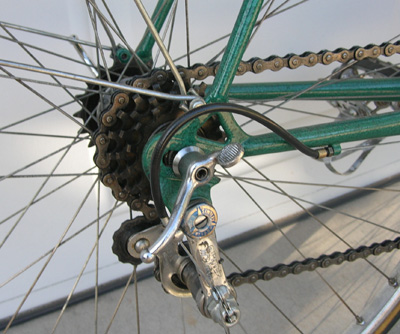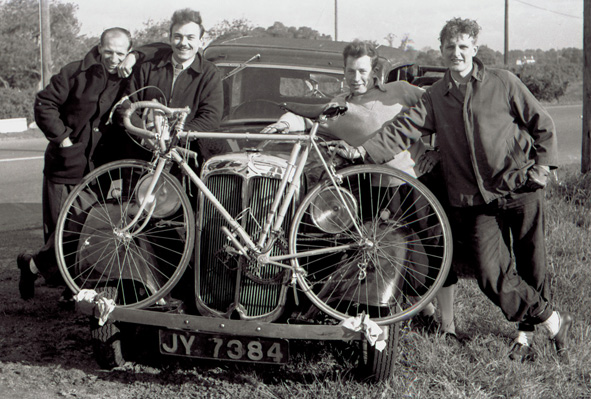creindesign
Dirt Disciple
Silly question maybe :facepalm:
If a bicycle was set up for 5speed with derailleur, and has a fixed cog on the other side of the hub - how did they change it to fixed?
I assume they did not simply flop the rear wheel and rode it fixed with the derailleur as tensioner...
I find it hard to imagine they had to remove derailleur and shorten the chain every time it was used as a fixed gear...
Cheers, Rogier
If a bicycle was set up for 5speed with derailleur, and has a fixed cog on the other side of the hub - how did they change it to fixed?
I assume they did not simply flop the rear wheel and rode it fixed with the derailleur as tensioner...
I find it hard to imagine they had to remove derailleur and shorten the chain every time it was used as a fixed gear...
Cheers, Rogier

